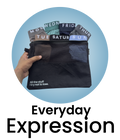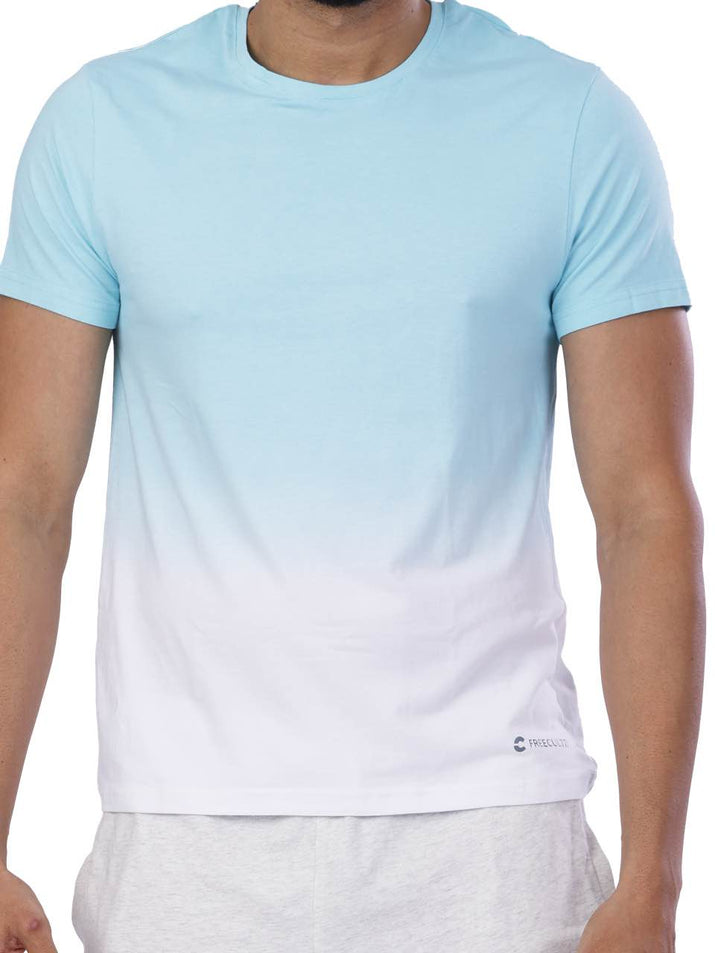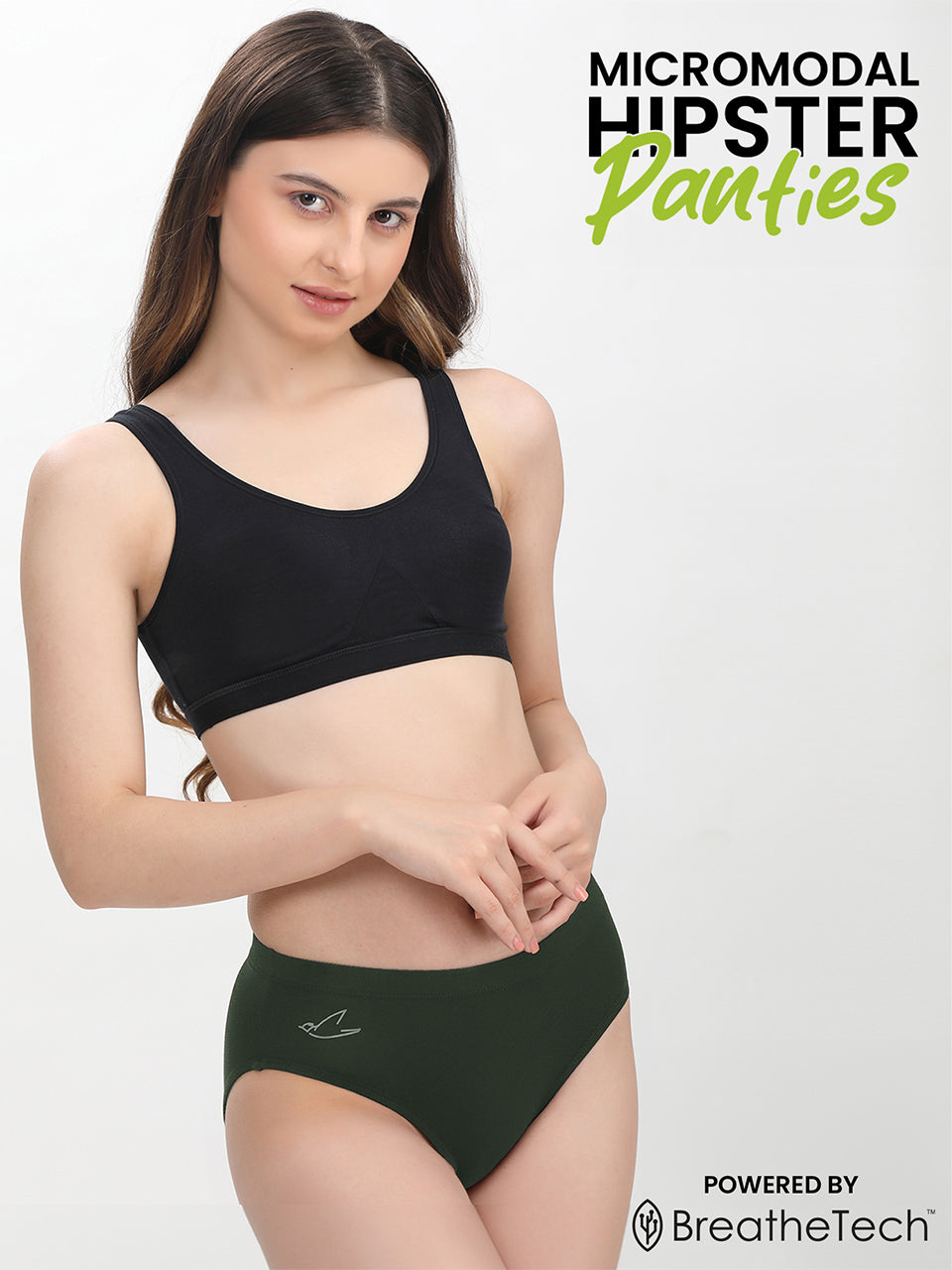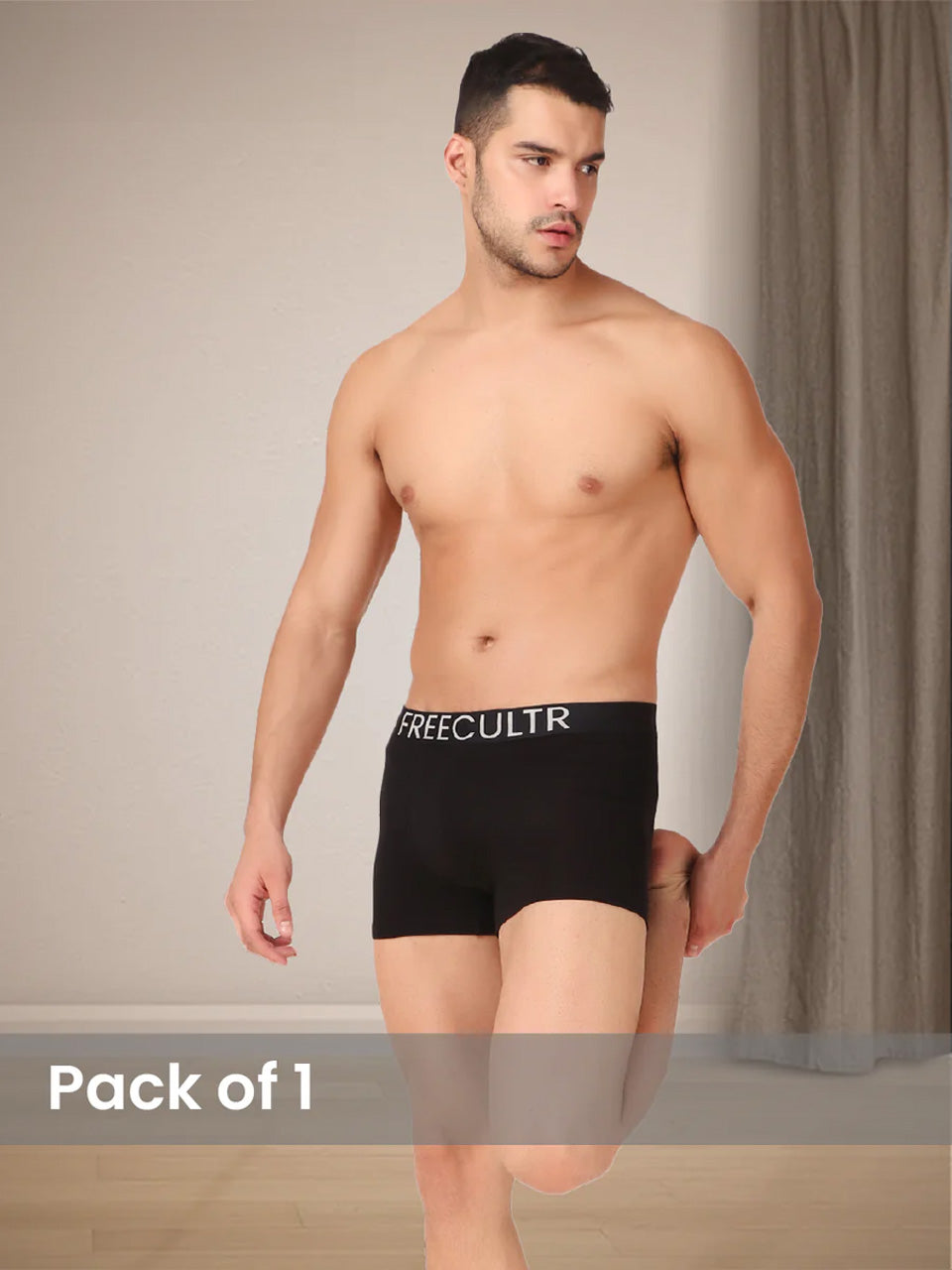Beyond mere clothing, the humble t-shirt occupies a unique space in modern wardrobes, seamlessly blending comfort and self-expression. Evolving from utilitarian undergarments to ubiquitous fashion staples, t-shirts now reflect trends like sustainable sourcing, personalized graphics driven by on-demand printing. The rise of performance fabrics offering enhanced breathability and moisture-wicking capabilities. This exploration delves into the factors shaping t-shirt versatility, examining the science behind achieving supreme softness through various fabric blends and garment dyeing techniques. We will uncover the crucial elements defining t-shirt quality, from stitch density and neckline construction to the impact of different cotton varieties, empowering you to navigate the vast landscape of t-shirt options with informed confidence.

The Anatomy of a Perfect Tee: Fabric Types and Their Characteristics
The foundation of any great t-shirt lies in its fabric. Understanding the nuances of different materials is crucial to appreciating the comfort, durability. Overall aesthetic of your favorite tee. Let's delve into some common fabric types:
- Cotton: The undisputed king of t-shirt fabrics. Cotton is known for its breathability, softness. Affordability. But, it's susceptible to shrinkage and wrinkles. Different cotton varieties exist, each with varying characteristics:
- Regular Cotton: The standard option, offering a good balance of comfort and cost.
- Organic Cotton: Grown without pesticides or synthetic fertilizers, making it an eco-friendly choice. Often softer than regular cotton.
- Pima/Supima Cotton: These extra-long staple cottons boast exceptional softness, strength. Color retention. They are considered premium options.
- Polyester: A synthetic fiber known for its durability, wrinkle resistance. Moisture-wicking properties. Often blended with cotton for enhanced performance.
- Blends: Combining different fibers to leverage their respective strengths. Common blends include:
- Cotton-Polyester (CVC): Combines the comfort of cotton with the durability and wrinkle resistance of polyester. A popular choice for everyday wear.
- Tri-Blend (Cotton-Polyester-Rayon): Offers a soft, lightweight. Drapey feel. Rayon adds a touch of sheen and enhances the fabric's flow.
- Linen: A natural fiber known for its breathability and unique texture. Linen t-shirts are ideal for warm weather but tend to wrinkle easily.
Understanding GSM: The Weight of Quality
GSM stands for "grams per square meter" and refers to the weight of the fabric. It's a key indicator of a t-shirt's thickness, durability. Drape. Higher GSM generally means a thicker, more durable fabric, while lower GSM indicates a lighter, more breathable fabric. Here's a general guideline:
- Lightweight (100-150 GSM): Ideal for hot weather and layering. Often used for basic tees and athletic wear.
- Midweight (160-200 GSM): A versatile weight suitable for year-round wear. Offers a good balance of comfort and durability.
- Heavyweight (200+ GSM): Provides a more substantial feel and greater durability. Often used for premium tees and workwear.
Construction Matters: Seams, Stitching. Fit
Beyond the fabric, the construction of a t-shirt plays a crucial role in its overall quality and longevity. Pay attention to the following details:
- Seams: Look for well-executed seams that are straight, even. Free of puckering. Shoulder seams should sit comfortably on the shoulders without pulling or stretching.
- Stitching: Double-needle stitching is a sign of quality, providing extra reinforcement at stress points such as the neckline, sleeves. Hem.
- Fit: The fit of a t-shirt is a matter of personal preference. Consider the following styles:
- Classic Fit: A relaxed, boxy fit that offers ample room for movement.
- Slim Fit: A more tailored fit that hugs the body closer.
- Athletic Fit: Designed for athletes, with a tapered fit that accentuates the physique.
Printing Techniques: From Screen Printing to Direct-to-Garment
If you're looking to customize your t-shirts with graphics or logos, understanding different printing techniques is essential. Here are some popular methods:
- Screen Printing: A traditional method that involves pressing ink through a stencil onto the fabric. Ideal for large quantities and bold designs. Produces vibrant, durable prints.
- Direct-to-Garment (DTG): A digital printing method that sprays ink directly onto the fabric. Best for complex designs with many colors. Offers high levels of detail and customization.
- Heat Transfer: A process that involves transferring a design printed on special paper onto the fabric using heat and pressure. Suitable for small quantities and personalized designs.
- Sublimation: A technique that uses heat to transfer dye onto synthetic fabrics. Produces vibrant, permanent prints that won't crack or fade. Ideal for all-over prints on polyester garments.
Caring for Your Tees: Extending Their Lifespan
Proper care is essential to keeping your t-shirts looking their best and extending their lifespan. Follow these tips:
- Read the Care Label: Always follow the manufacturer's instructions for washing, drying. Ironing.
- Wash Inside Out: This helps to protect the print and prevent fading.
- Use Cold Water: Cold water is gentler on fabrics and helps to prevent shrinkage and fading.
- Avoid Harsh Detergents: Use a mild detergent specifically designed for delicate fabrics.
- Tumble Dry on Low: High heat can damage fabrics and cause shrinkage. Tumble dry on low or hang to dry.
- Iron on Low Heat: If ironing is necessary, use a low heat setting and iron inside out.
Conclusion
Let’s embrace the t-shirt not just as clothing. As a canvas for self-expression and a testament to comfort. As we discussed, finding the right fit, material. Design can transform a simple t-shirt into a wardrobe staple. Looking ahead, customization and sustainable fabrics are poised to dominate the t-shirt industry. Imagine a future where you can design your own t-shirt using augmented reality, ensuring a perfect fit and ethically sourced materials. To take your t-shirt game to the next level, start experimenting with different styles and fabrics. Don't be afraid to step outside your comfort zone. One tip I’ve learned over the years is to invest in a few high-quality, versatile tees that you can dress up or down. Consider exploring unique printing techniques like direct-to-garment (DTG) for complex designs; you can find more resources on printing techniques [here](https://example. Com). The possibilities are endless. With a little creativity and attention to detail, you can unlock the full potential of this classic garment. Go forth, create. Wear your story with pride!
FAQs
So, what makes a T-shirt truly 'versatile' in terms of style, anyway?
That's a great question! Versatility in a T-shirt comes down to a few things. Think about the cut – a classic crew neck or V-neck is super adaptable. Color matters too; neutrals like white, black. Gray are your wardrobe workhorses. And finally, the fabric! A smooth, quality knit elevates it from just casual to something you can dress up a bit with a blazer or skirt.
Okay, 'supreme softness' sounds amazing. But what actually contributes to a T-shirt being really, really soft?
Ah, the quest for the ultimate soft tee! It's all about the fibers. High-quality cotton, like Pima or Supima, is a big factor because the fibers are longer and smoother. But also, how the fabric is knitted or woven makes a difference. Ring-spun cotton, for example, tends to be softer than regular cotton because it's twisted and thinned, making it more luxurious to the touch. And don't forget about washing! Proper care keeps that softness around longer.
Will a really soft T-shirt fall apart after a few washes? I've had some bad experiences!
I hear you! That's a valid concern. A truly well-made, soft T-shirt shouldn't fall apart easily. Look for quality construction – things like double-stitched seams and a well-reinforced collar. And definitely pay attention to the care instructions! Washing in cold water and avoiding the dryer can extend the life (and softness) of your favorite tees.
What are some ways I can style a T-shirt beyond just wearing it with jeans?
Oh, the possibilities are endless! Try tucking it into a high-waisted skirt with some cute sneakers or sandals. Layer it under a blazer for a more polished look. Knot it at the waist for a trendy, casual vibe. Or even wear it under a dress with spaghetti straps for a fun, unexpected twist. Don't be afraid to experiment!
Is there a 'right' type of T-shirt for different body types?
Absolutely! While personal preference is key, certain styles can be more flattering. A V-neck can elongate the neck and torso. A fitted (but not tight!) tee can show off your shape without being restrictive. And the length matters too – a slightly longer tee can balance out proportions. It's all about finding what makes you feel confident and comfortable.
How do I know what size T-shirt to buy online? Sizing always seems so inconsistent!
Ugh, online sizing can be a nightmare! The best thing to do is check the specific size chart provided by the brand or retailer. Don't just assume your usual size will fit. Grab a measuring tape and measure your chest, waist. Length. Then compare those measurements to the chart. Also, read reviews – sometimes people mention if a shirt runs small or large.
Are all cotton T-shirts created equal? What other materials are worth considering?
Nope, not all cotton is the same! As mentioned before, the type of cotton (like Pima or Supima) makes a big difference. But blends can be great too. Cotton-poly blends are often more durable and wrinkle-resistant. And some T-shirts are made from materials like modal or bamboo, which are known for being incredibly soft and sustainable. It's worth exploring different options to find what you like best!






